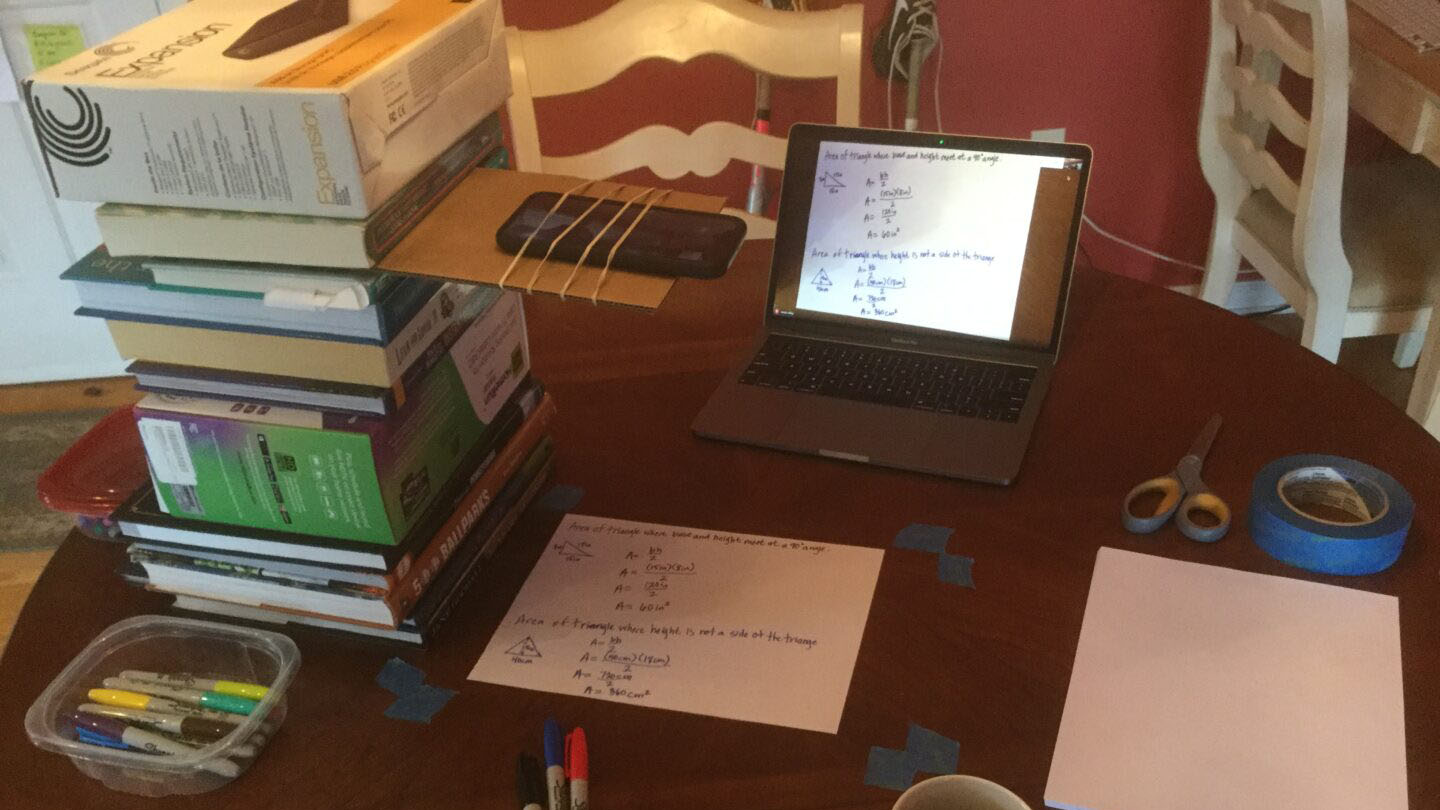Instructional support and design teams have stepped up to allow College community to stay connected
By Shannon Sigafoos
As colleges across the country worked to respond to the COVID-19 outbreak, they also knew they’d be facing technological challenges as both instructors and students moved from in-person to remote teaching and learning. Throughout the world of higher education, instructional support and design teams have stepped up to help and allow college communities to stay connected in the face of an event that has dramatically changed how we interact.
Lafayette’s own Information Technology Services (ITS) and Center for the Integration of Teaching, Learning and Scholarship (CITLS) have been working around the clock scaling the technology necessary to make the shift to remote instruction. They have also made themselves fully visible and available for those faculty and staff members seeking guidance about the accessibility of technology.
While there have been some challenges faced this week, there have also been creative solutions and rapid responses to the needs of the Lafayette community. Here are just a few examples:
DIYing a document camera using common household items
A document camera is a high-resolution web camera that allows the user to project the pages of a book or three-dimensional object for a class to see. It also allows for the recording and taking of video. For those without access to the technology, Jason Alley, ITS director of learning and research technologies, came up with a DIY concept that allows faculty to use common household items to build one of their own.

Jason Alley, ITS director of learning and research technologies, rigged a DIY document camera mount using common household items such a cardboard, books and rubber bands.
“I know from some of the folks on my team that there were at least a handful of professors trying to use doc cameras in the classroom to pre-record materials for students. However, when Governor Wolf announced last week that non-essential services should stop operation, we wanted to provide a few options for our faculty,” says Alley.
The inability to convey writing digitally is what inspired the need for Alley’s contraption.
“The document camera help page also describes ways in which one might use a tablet they currently have, or what inexpensive tablet one might purchase,” says Alley.
Providing laptops to those in need
In order to access remote conferencing tools, all students and staff need access to one thing: a computer. Depending on their personal circumstances, not everyone in the Lafayette community had a laptop readily available to them when the decision was made to move students off campus.
ITS has repurposed laptops for those faculty, students, and staff who didn’t have one to take home with them. Chris Koch, director of user services, and his team worked diligently to re-image and distribute over 60 laptops for those who needed one. In fact, Koch even next-day shipped a laptop to a student who desperately needed it.
“We have also assisted a few members of the community with vision issues by providing larger external displays, and we’ve assisted teaching by modifying academic software licensing controls that allow access to programs from off campus,” Koch shares. “Along with our colleagues in ITS/Digital Infrastructure, we’ve accommodated a number of requests for remote access to computers with specialized software required by students for research. Another area of focus was supporting faculty, staff, and students as they adjusted to learning, teaching, and working remotely with technology provided by the College or their own. This included in-person & virtual support. I want to compliment the campus community for their patience and willingness to adjust to an entirely new work, teaching, and learning environment.
Access to lab software
If students need access to a specific software that has been available to them only in a campus lab, software licenses have not been able to permit the software to be installed on a student’s personal device. Rebecca Rosenbauer, engineering computing coordinator, and Jason Simms, manager of research and high-performance computing in ITS, helped implement a model of remote access that had never been previously needed at this scale. The process, which has always been a recommended solution from Networking, allows multiple computers to be accessed by remote users, with those systems in a variety of locations such as computer labs and individual faculty labs.
“In this moment, nothing is siloed off; we are in unchartered waters and must navigate them as a team,” says Simms. “It’s really ‘all hands on deck’ in terms of fielding requests that have come in for access to systems and software. What this situation has done has forced us to clarify and concretize some of our workflows that have been more ad hoc previously, so that is a positive step and will assist us moving forward.”
“We’ve got about 16 students planning to access the computers in AEC remotely, and I’m getting more requests today,” Rosenbauer says. “I asked professor Aseel Bala [assistant professor of chemical engineering] how the performance was, and she said she remotely watched (via Zoom) a student remote in, and the performance was very good. The silver lining on this grey cloud is the appreciation everyone is developing for technology.”
